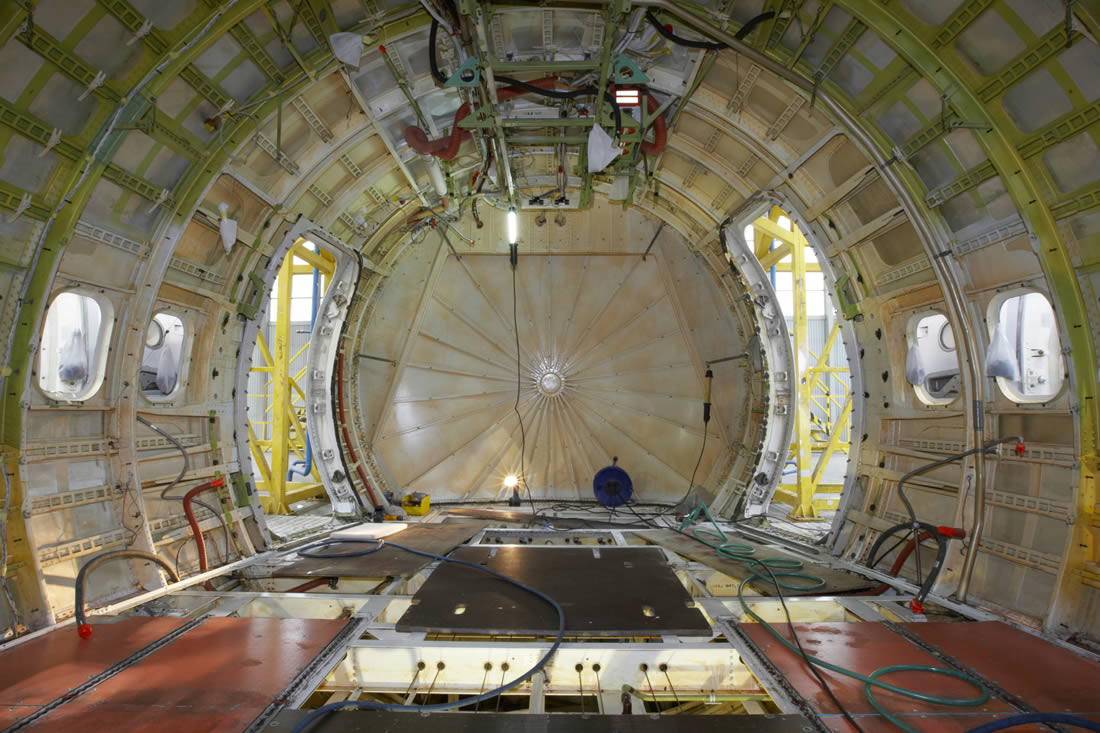Roll Forming And AAA Air Support
Roll Form Stringers, are an intricate, integral, and important part of Aircraft manufacturing and maintenance. In the airline and aerospace industry, roll formed parts are commonly used throughout the inside of the aircraft. AAA Air Support is one of the premier manufacturers and distributors of roll formed parts throughout this...


